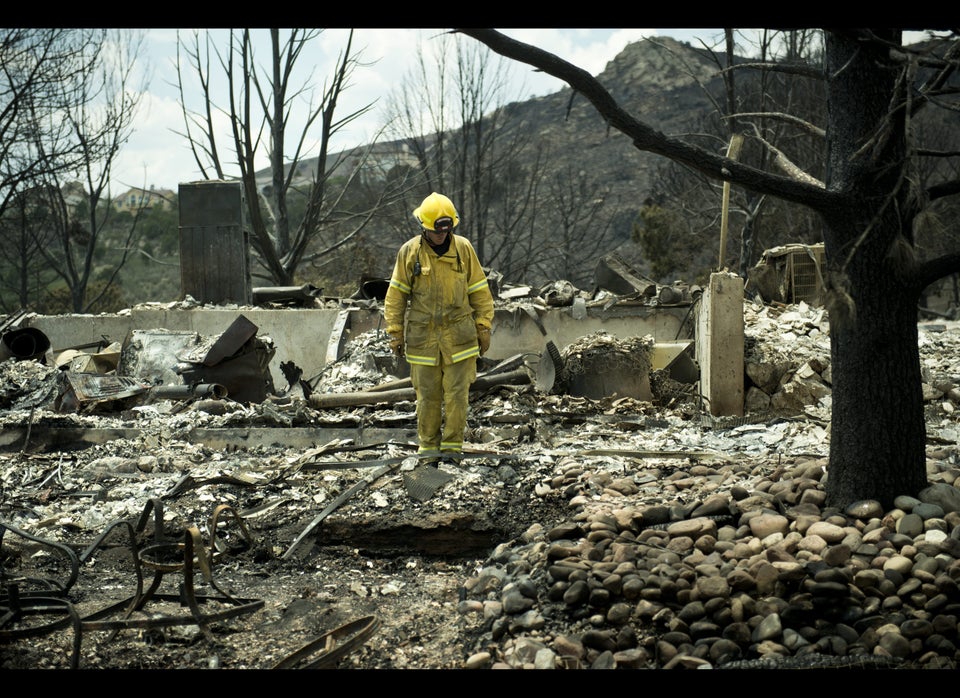
City officials in Colorado Springs have released an "Initial After Action Report" (AAR) for the Waldo Canyon Fire that assesses their actions during the fire and suggests improvements the city could make in the future.
(Click here to read the full report in pdf)
In September, it was determined that the Waldo Canyon Fire had been human-caused but that authorities do not know whether it was intentionally set, and that it may never be known who caused it.
The Waldo Canyon wildfire began burning on Saturday, June 23 and was declared officially contained about two and half weeks later on Tuesday, July 10. When the smoke cleared, the fire had forced the evacuation of more than 32,000 people, consumed 18,247 acres, destroyed 346 homes, left two people dead and was part of Colorado's worst wildfire season in a decade.
The report suggests an improvement of internal communications throughout the event, saying:
Decisions were made rapidly at key points in time throughout the incident. A system/process needs to be designed and implemented to provide immediate notification to first responders and key agency representatives as decisions are made throughout the event.
The city noted that it had been "an overwhelming task" to document all of the events during the fire, and suggested training "scribes" to be dispersed throughout the affected areas in the future.
At the time of the Waldo Canyon Fire, the report added, city officials and staff could have been better trained to deal with the disaster of the fire.
The report also said that the city is conducting an independent, in-depth study to determine "capacity limitations" of the El Paso County Emergency Notification System.
